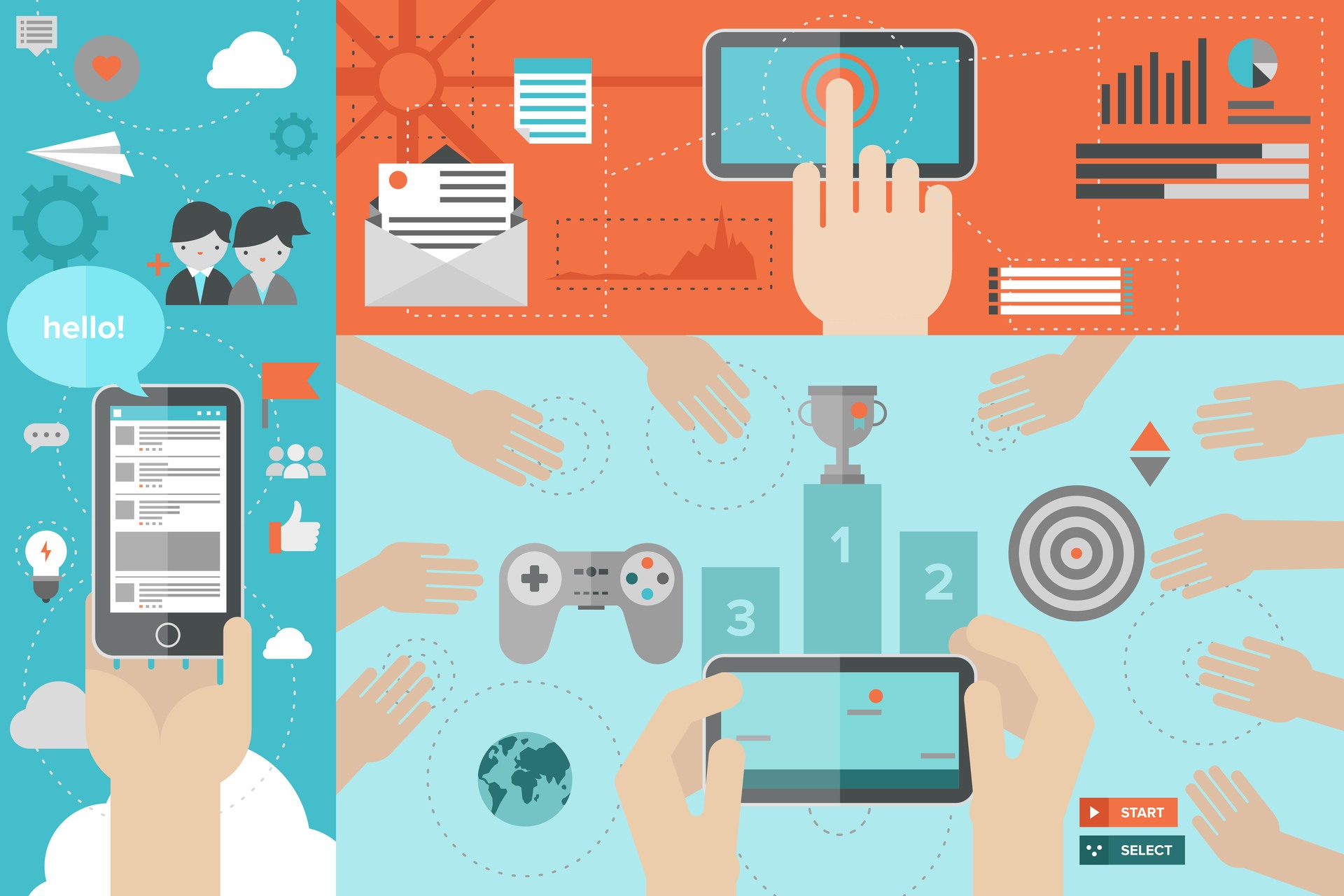eLearning Course Gamification: How To Maximize Learning Outcomes
Gamification in eLearning has been the buzz word in the learning industry for quite some time. It has evolved to possibly become the next disruptive trend in eLearning. Nothing attracts more than a game. Games are, perhaps, the biggest attention grabbers in the world for the youth. Gamified eLearning courses utilize this immersive and engaging nature of games to maximize the learning outcome.
What Is Gamification?
As the name suggests, gamification is basically a conversion of something into a game, in this case, eLearning courses.
Gamification In eLearning Industry
Gamification in eLearning basically refers to utilizing various elements of a game, especially video games in designing the learning content and learning path. In essence, it is using game mechanics, and elements to make eLearning more gripping and appealing. Game-based learning companies describe gamification as “the application of game elements to non-game contexts to increase user engagement”.
Common Elements Of Gamification In eLearning
Gamification is all about using gaming elements in the eLearning course. So, what are the key gaming elements that are utilized for gamification in eLearning? Some of the common elements include, but not limited to:
- Scoring mechanism/badges/awards
Reward learners for certain behaviors - Levels
Can be used to present learning in a staggered way, building upon previously presented concepts - Leaderboards/Quests
Enable learners to choose their own path and pace through the learning
How To Use Gamification Elements To Make eLearning More Engaging
The very nature of games is engaging the users, it is no different for learning. Here are some tips to make eLearning more engaging by using gamification elements:
- Use the continuous scoring mechanism to motivate learners to study the content diligently.
- Use rewards to give instant feedback and keep the learner eager to learn more.
- Use lifelines to give the learners the freedom to take the risk without fearing to lose.
- Use levels to give a sense of accomplishment to the learners.
- Use badges to recognize good performers and motivate others to perform better.
- Use timers to instill a sense of urgency and strategic thinking.
- Use branching scenarios to give freedom to learners to try various options and learn from the mistake.
- Use the fun elements to keep learner’s mind refreshed.
Benefits Of Gamification In eLearning
- Enhanced learning experience
Gamification gives the learner the experience of “fun” during learning and keeps the level of engagement high. - Better learning environment
A gamified eLearning offers an effective, engaging learning environment. It enables learners to practice difficult problems and skills without any fear or learn from mistakes without fear of losing. - Instant feedback
Gamification involves instant feedback so that learners get a clear picture of where they stand and where they need to reach. - Prompting behavioral change
Use of points, badges, and leaderboards definitely makes training amazing. Gamification provides a larger basket of benefits. - Can be utilized for diverse learning
Gamification in eLearning can be employed to cater to many learning needs including but not limited to new hire induction and onboarding, product training, sales training, customer support training, soft skills training, sensitization drives, and compliance and regulatory training.
Drawbacks
- Despite all the benefits, there are critics of gamified learning. They argue that gamification makes learning fast pace and provides immediate feedback. This may create a problem with students’ attention span. They begin to expect similar fast-paced responses from all parts of their education. However, gamification is only a tiny part of the entire learning content they receive. So, students won’t find another type of learning not so engaging which will lead to frustration.
- Another problem area is that designing gamification strategy is not easy. An ill-designed strategy may negatively impact learning outcome and increase student frustration if they get stuck in the gaming elements rather than learning elements.
Conclusion
With all its benefits, gamification is here to stay. It is a great concept and is constantly evolving to meet the ever-increasing demands of the modern learner. Using the right gamification strategy helps the learning to be more holistic, memorable, and it also helps learners apply the concepts better in their work situations.








